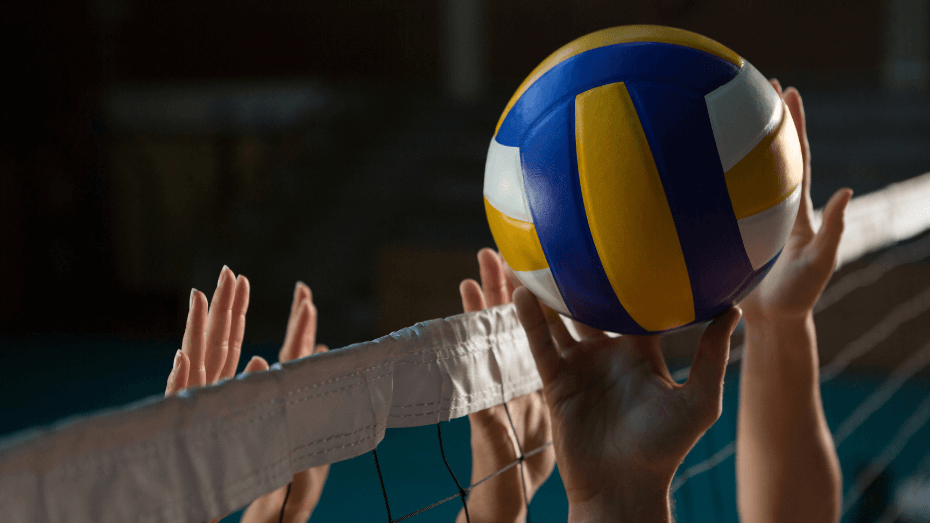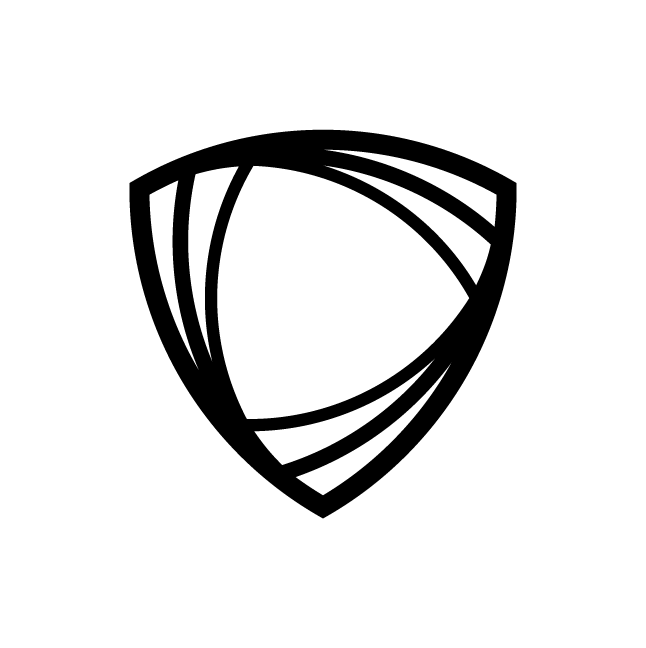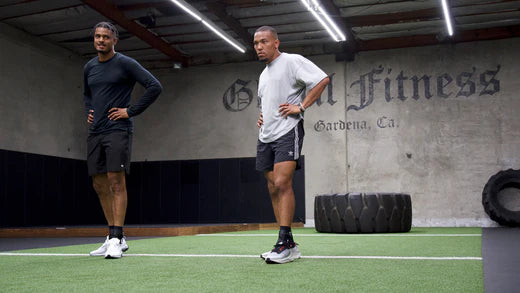Volleyball is a popular team sport around the world, played both recreationally and at a professional level. Unlike most team sports such as football, handball or ice hockey, there is no direct contact with opponents here. Nevertheless, injuries in volleyball are unfortunately not uncommon. A distinction can be made between acute injuries, chronic injuries and overuse injuries. The main movements in volleyball are very dynamic with quick starts and abrupt stops, as well as many jumps. Most injuries occur primarily when blocking and attacking.
Torn ankle ligaments, shoulder injuries, back problems, knee injuries, and dislocated or sprained fingers are among the most common volleyball injuries. Any injury can be challenging for both the individual player and the team as a whole, as it can result in extended downtime and rehab.
Volleyball injuries primarily affect the ankle
With a share of up to 50%, the lateral ligament tears in the ankle is the most common injury in volleyball. A torn ligament is mostly caused by an outward twisting of the ankle. A high risk of this in volleyball is an uncontrolled landing, for example after an attempt to block, on the foot of a teammate or opponent. But even without external influence, such as stopping after a side lunge, twisting can occur.

Shoulder injuries and overloads can occur due to the frequent use of the arms during serves, attacks and block attempts. This primarily causes irritation and inflammation of the tendons in the shoulder girdle.
Back problems can arise due to the often one-sided movements involved in serves and receptions, while knee injuries are more likely to be caused by jumping and landing.
The fingers are another region for frequent injuries. These are mainly dislocations or sprains that occur through ball contact when blocking.
Likewise, abrasions and bruises from contact with the hall floor are not uncommon. To avoid such minor injuries, some players wear knee or elbow bandages that are padded on the inside.

How can volleyball injuries be avoided?
Although many of the injuries that occur are minor, great care should be taken to avoid injury. This avoids downtime and reduces the risk of secondary injury. After all, it is best if an injury does not occur in the first place. For example, when it comes to handball injuries, 80% of handball professionals have their next injury within a year.
Aids such as bandages, orthoses and tapes are used in volleyball to prevent injuries. These should, for example, protect the ankle from twisting and prevent injuries. Tape is also used to protect fingers from dislocations and sprains as a preventive measure and after an injury.
Volleyball bandages: ankles protected thanks to Betterguards
At Betterguards, we want to establish prevention and protection in volleyball so that professionals and amateur athletes can concentrate on the game without too much worry. For this we have developed our innovative ankle brace, The BetterGuard with sophisticated and technology. In an ankle bandage test study by the Charité, we were able to demonstrate their benefits. Feel free to read our other posts!





